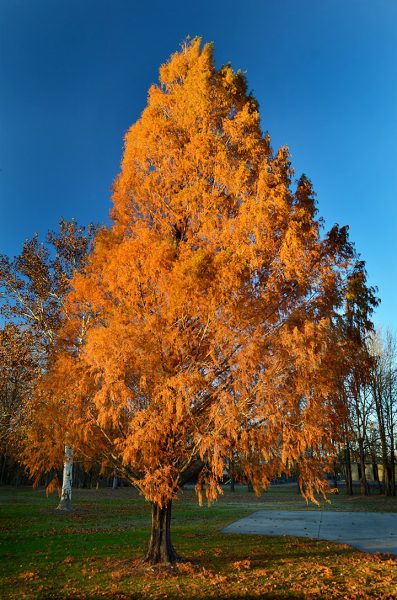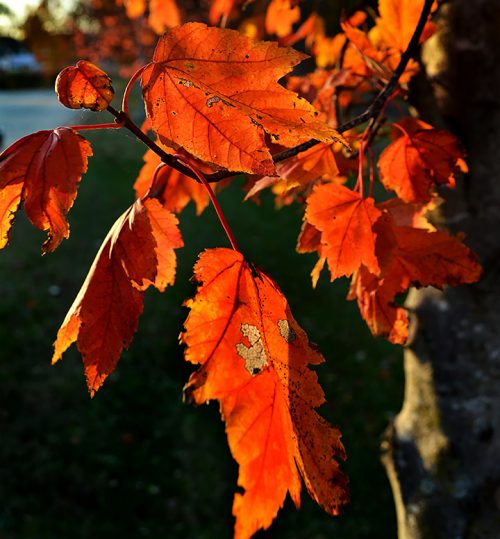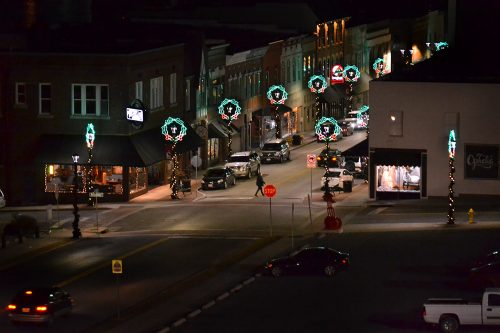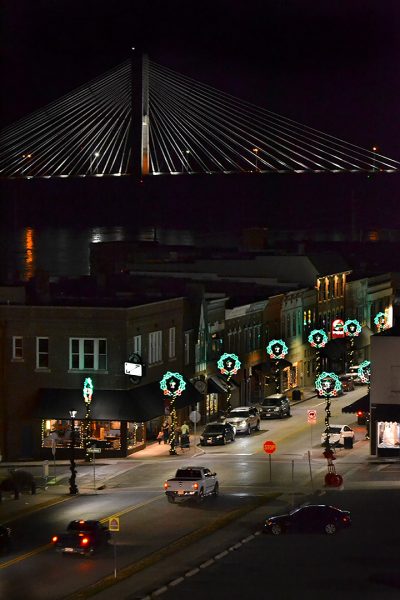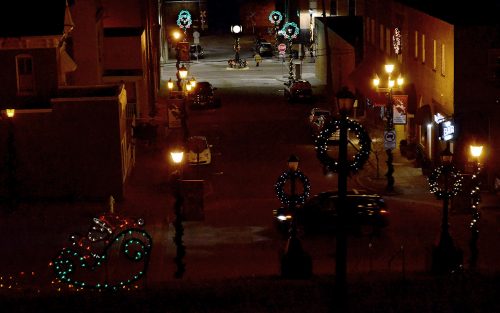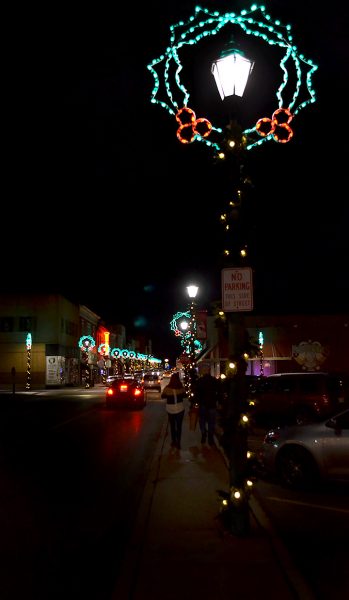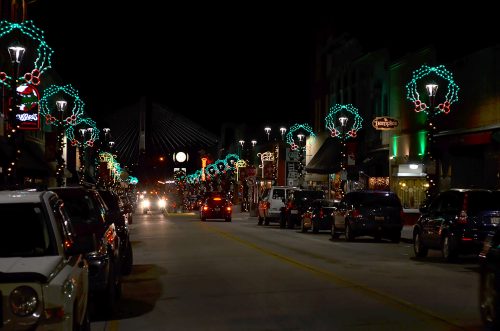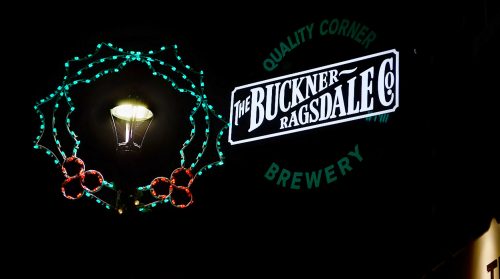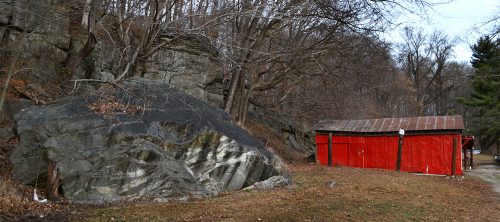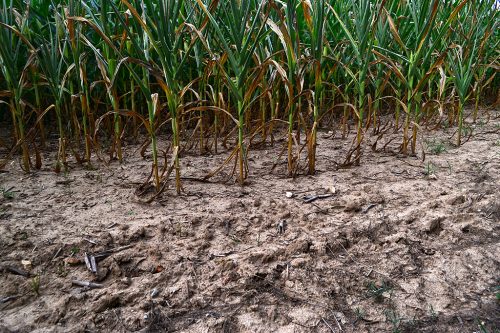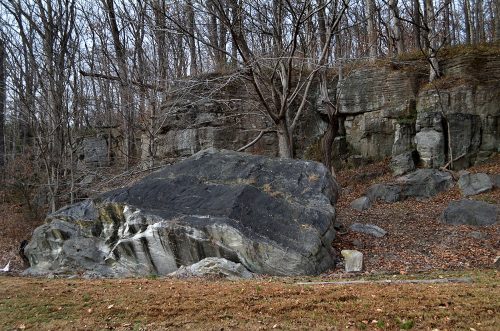This hasn’t been a great season for fall colors in SE Missouri. It was too hot and too dry for the trees to put on a great show for more than a couple of days. I drove around trying to get excited, but there was too much brown for my taste.
If you’re wondering why I’m just getting around to writing about Fall when Spring isn’t far off (Please, please, please), it’s because the framework that drives the blog has been having Old Age issues.
Shaking out the bedbugs
 Kid Matt has worked some magic that has given it a new look that’s going to take some getting used to, but will also, hopefully, shake out the bedbugs. By the way, you can click on the photos to make them larger, just like in the old version.
Kid Matt has worked some magic that has given it a new look that’s going to take some getting used to, but will also, hopefully, shake out the bedbugs. By the way, you can click on the photos to make them larger, just like in the old version.
Trees were by the Cape Library
I stopped by the Cape Public Library to swap out some audio books and music CDs. On the way back to the car, the late afternoon set the trees on fire.
Is ‘Librarian Hell’ a real place?
I discovered the old Carnegie Library when it was on the Common Pleas Courthouse lawn. I must have been about 12 when I convinced the librarians that I really COULD read adult books. From then on, I would walk out with a stack of books on Saturday, then swap them out the next weekend.
The new library is one of the nicest I’ve been in. What makes it special for me is that I can wander the stacks and still find books I read half a century ago.
(How do I know? I may go to Librarian Hell for this confession, but I would write my initials very, very small print in the back of the book so I could tell if I had read it before. Some of them are still in circulation.)
The ‘good’ books
Debate partner Pat Sommers had a part-time job at the library, so we used his key to get in to do research when the facility was closed.
Not only did we have access to all the books and periodicals we needed for debate, but Pat knew where the “good” books were that were hidden from public view unless you were (a) an adult and (b) weren’t too embarrassed to ask for them.
Not just books
When I signed up for my library card, I was given a booklet that gave all the rules and regulations, plus a list of things you could check out.
Take a look at some of things you can borrow: telescopes, WiFi hotspots, audiobooks (they have a great selection, by the way), and cake pans. Yes, you read that right: cake pans.
It has an inviting kid area and lots of computers. Cape should be proud of its library. (I’d like to find out where they keep the “good” books, but Pat doesn’t work there anymore.)

